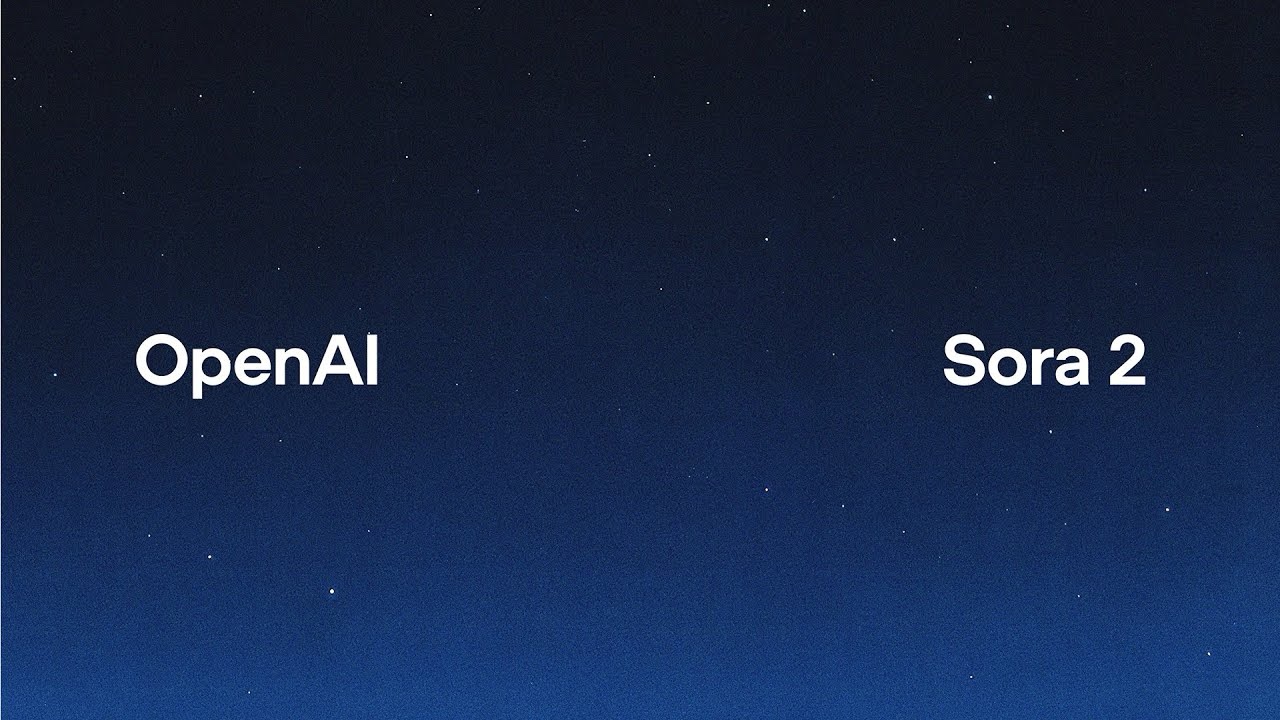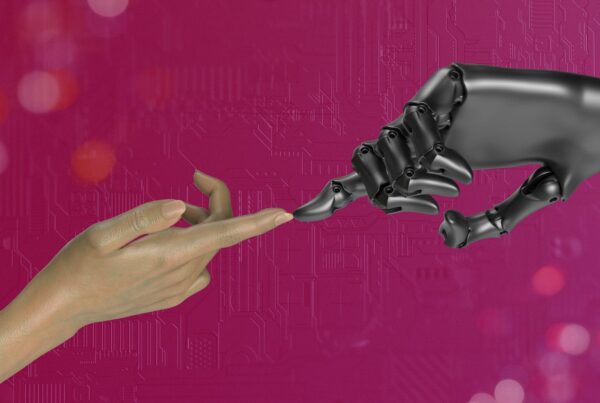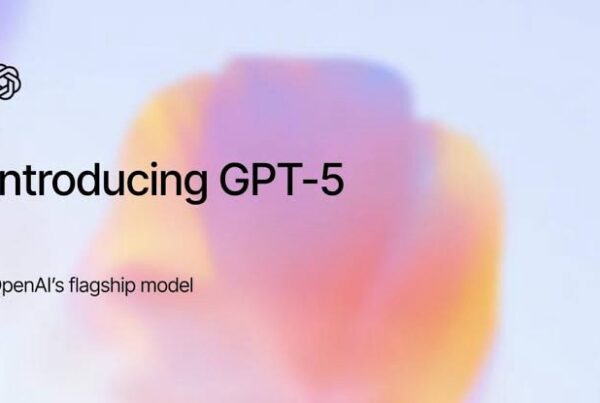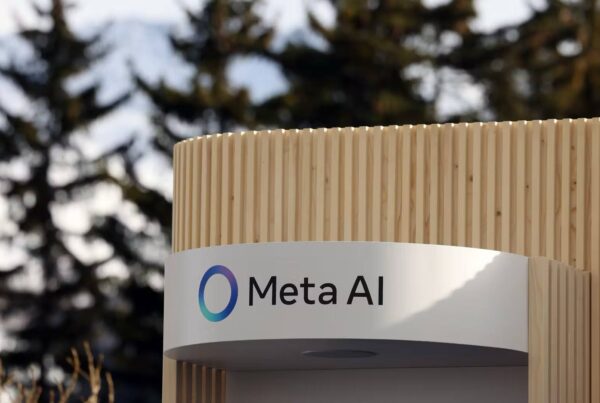The launch of Sora 2 OpenAI on September 30, 2025, has reaffirmed OpenAI’s dominance in the generative artificial intelligence sector. This next-generation text-to-video model is not just a visual upgrade; it’s a technological leap that transforms AI video from a “silent film” into a complete cinematic work with sound. Sora 2’s official debut, accompanied by the release of an iOS app, immediately captured the attention of the creative world.
The first version of Sora, introduced in February 2024, already impressed with its ability to generate HD clips up to 20 seconds long. However, the main criticism lay in the lack of audio and shortcomings in modeling complex human motion and physics. Sora 2 OpenAI arrives to solve these issues. This is OpenAI’s main weapon to face the intense competition from other models, especially Google’s Veo 3. Industry observers believe the battle in AI-generated media has now shifted from mere pixel resolution to the integration of audio and motion realism.
Integrated AI Audio: Ending the Silent Film Era
One of the most revolutionary features in Sora 2 OpenAI is the ability to generate fully integrated audio. This closes the largest gap present in the first-generation model. The resulting videos now feel more complete and professional.
The previous Sora version only offered an astonishing visual experience. Nevertheless, the result felt empty without the presence of appropriate sound elements. This forced creative professionals to go through a long post-production process to add sound effects and voiceovers. On the other hand, Sora 2 OpenAI has changed this workflow. The new model can create background sound (ambient noise), precise sound effects, and even voiceovers that align perfectly with the action on screen.
Realistic Lip-Sync and Emotion
The most anticipated audio feature is the ability to generate realistic and accurate dialogue. Early leaks indicated that OpenAI successfully taught Sora 2 OpenAI to “speak” in videos. This includes realistic intonation, appropriate atmosphere, and most importantly, tight lip-sync for believable dialogue.
This innovation is crucial. Most AI video models often fail to make subjects speak convincingly. Distortions and delays between sound and mouth movement are often visible. With accurate lip-sync, Sora 2 can generate compelling dialogue scenes. This opens new doors for instant creation of short films, advertisements, and other narrative content.
Extending Clip Duration Limits
Besides audio, Sora 2 OpenAI also extends the technical limits related to clip length. The model has the potential to generate high-quality clips up to 30 seconds or more.
This duration increase is vital for storytelling. Longer clips provide a wider canvas for narratives to unfold. Competitors often cap video duration at under ten seconds. Meanwhile, Sora 2 OpenAI provides a significant competitive advantage by offering almost double the duration. This longer duration might be offered in higher subscription tiers due to substantial computational demands.
Improved Motion Realism and Physics
Another shortcoming of the first-generation Sora was its difficulty in consistently modeling real-world physics. Sometimes, human figures appeared “melting” or their limbs were distorted. Sora 2 OpenAI specifically targets improvement in this area.
The new model utilizes advanced training techniques that focus on simulating realistic human movement. The goal is to reduce unnatural distortions. The movements generated by Sora 2 OpenAI are expected to be more natural, fluid, and consistent with the laws of physics. This is driven by a deeper understanding of how objects and humans interact in three-dimensional space.
Addressing Causality Limitations
The issue of causality, or the relationship between cause and effect, is also a focus for improvement. For instance, in Sora 1, a scene where a coffee cup tips over might not show the liquid flowing correctly.
Sora 2 OpenAI is designed to better understand and predict the consequences of actions within a prompt. This means if a character throws a ball, its trajectory and impact will be more physically accurate. This realism improvement applies not just to human figures, but also to environments, such as the movement of water, fire, or foliage. For a deeper dive into generative technology, you can read our article on The Role of DALL-E 3 in AI Image Evolution].
‘Cameo’ and ‘Remix’ Features for User Creativity
In addition to technical quality improvements, Sora 2 OpenAI introduces new features that enhance user interaction and collaboration. The “Cameo” feature allows users to insert themselves or their friends into the generated video.
Imagine being able to be the main character in a movie trailer you create yourself with just a few clicks. Users have control over how the cameo is used and when it appears in the scene. Furthermore, the “Remix” feature encourages creative collaboration. This feature allows users to take someone else’s video creation, then add their own spin swapping characters, changing the visual style, or extending the story.
Launch Strategy and Fierce Market Competition
The launch of Sora 2 OpenAI does not happen in a vacuum. This is a strategic move by OpenAI to maintain their lead amidst stiff competition, especially from Google’s Veo 3.
Google Veo 3 itself has offered sophisticated features that challenge Sora 1’s dominance, particularly in ease of use and realism. By adding audio, better motion, and longer duration, Sora 2 OpenAI strongly states its ambition to become the industry standard. The launch is scheduled to coincide with the upcoming GPT-5. This demonstrates a synergy between language and video models to deliver an end-to-end content creation experience. Integration into ChatGPT also allows millions of users to easily access this text-to-video capability.
Expected Pricing and Business Model
Although specific pricing details for Sora 2 OpenAI have not been fully announced, it is highly likely to follow a tiered structure.
Premium features, such as clips lasting 30 seconds or more, with the highest resolution and complex audio, are likely to be offered in higher subscription tiers, such as ChatGPT Pro or Enterprise. This is reasonable given the substantial computational demands.
Tightened Safety Protocols
OpenAI has not overlooked safety issues. With Sora 2’s capabilities getting closer to reality, concerns about deepfakes and misinformation also increase. Therefore, Sora 2 OpenAI will maintain and strengthen safety protocols. Content restrictions will continue to be enforced to reject prompts requesting violent, sexual, hateful content, or copyright infringement.
This step is important to ensure that such powerful technology is used ethically and responsibly. OpenAI works with red teamers domain experts whose job is to test the model for potential bias and misuse.
The launch of Sora 2 OpenAI is a defining moment that redefines the generative video industry. With its focus on adding realistic audio, significant improvements in human motion, and features supporting collaboration, OpenAI has set a new standard. The model is ready to challenge market dominance and accelerate AI adoption in visual content creation. To stay up-to-date with the latest developments in the world of artificial intelligence, be sure to explore other related articles on Olam News.










One Comment